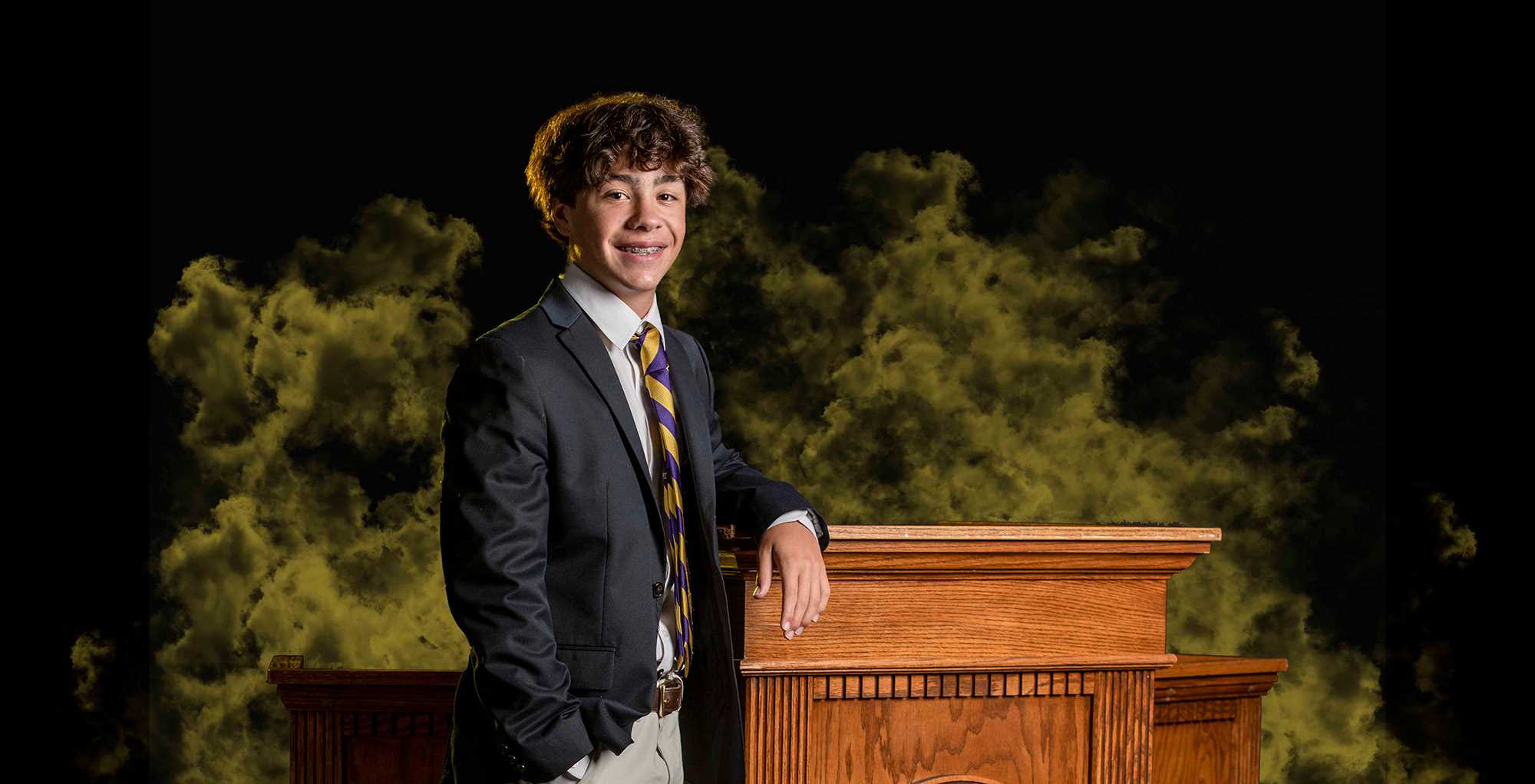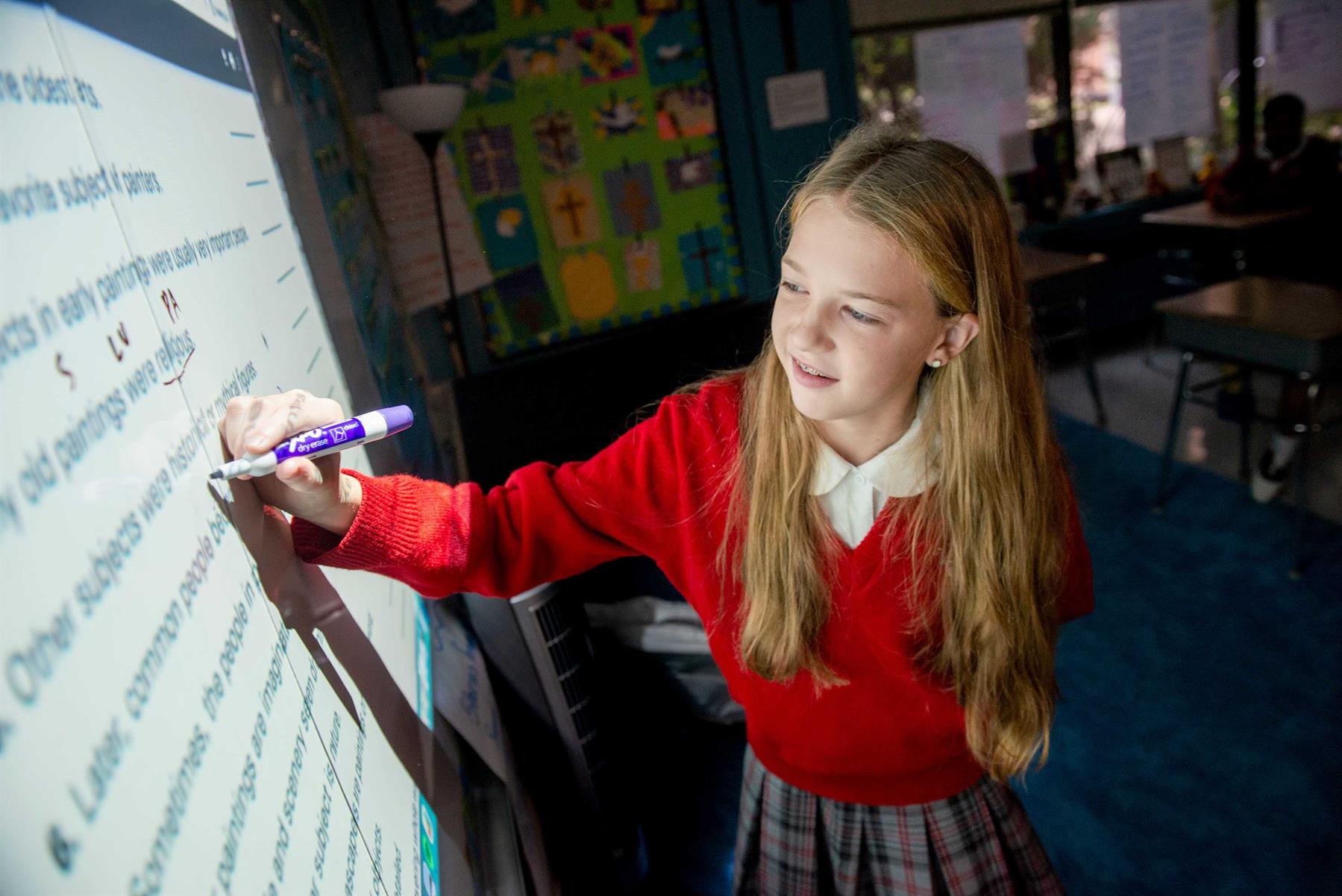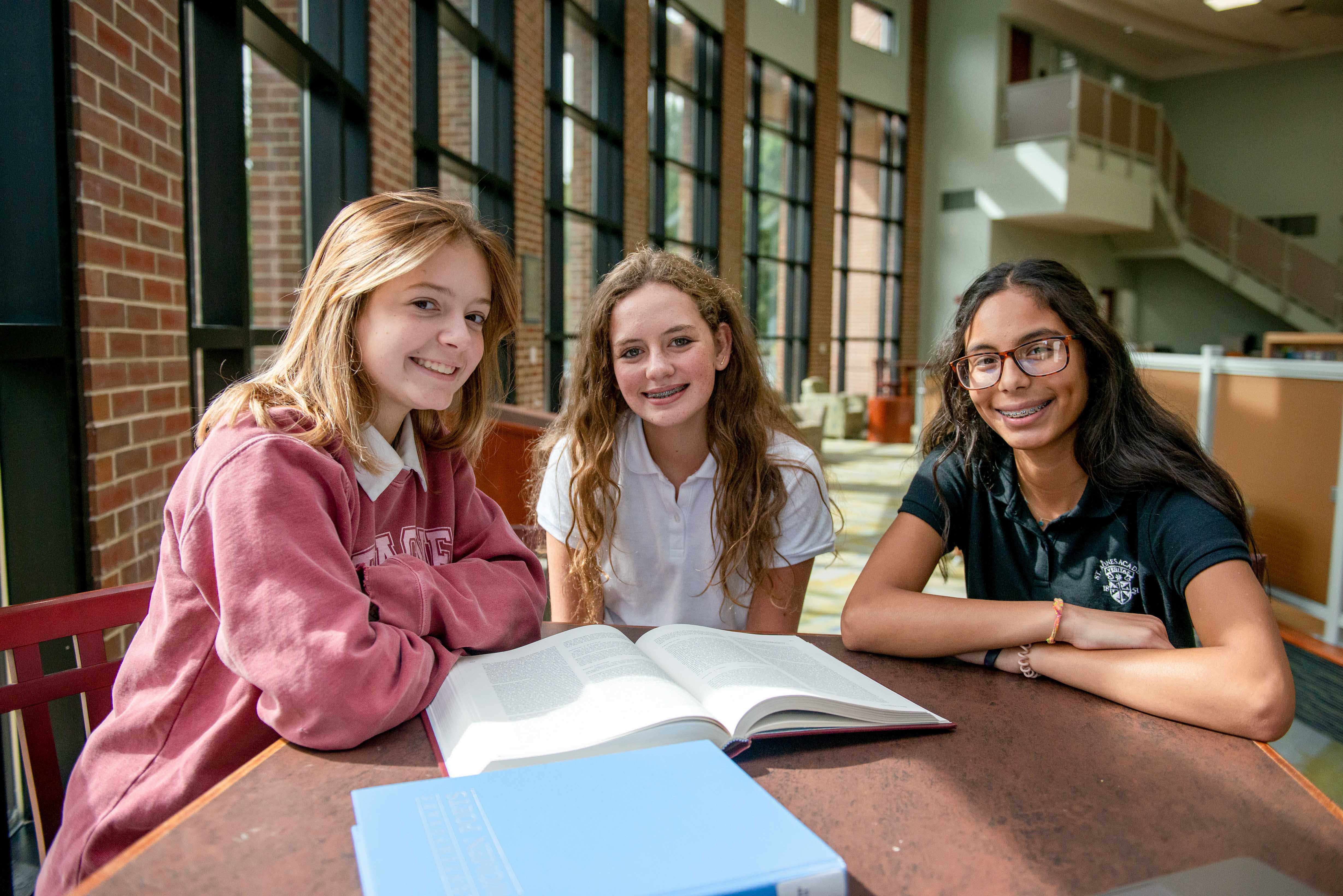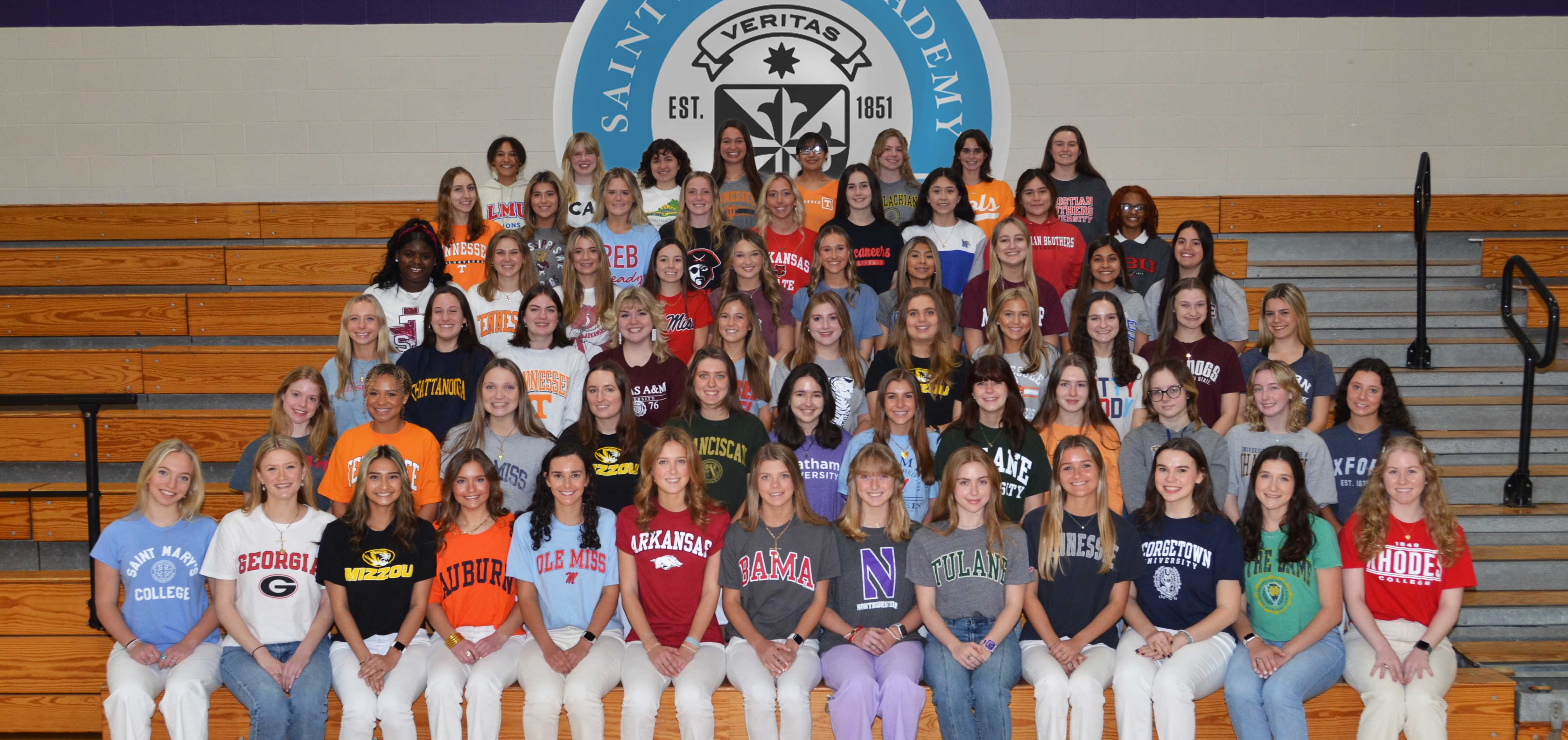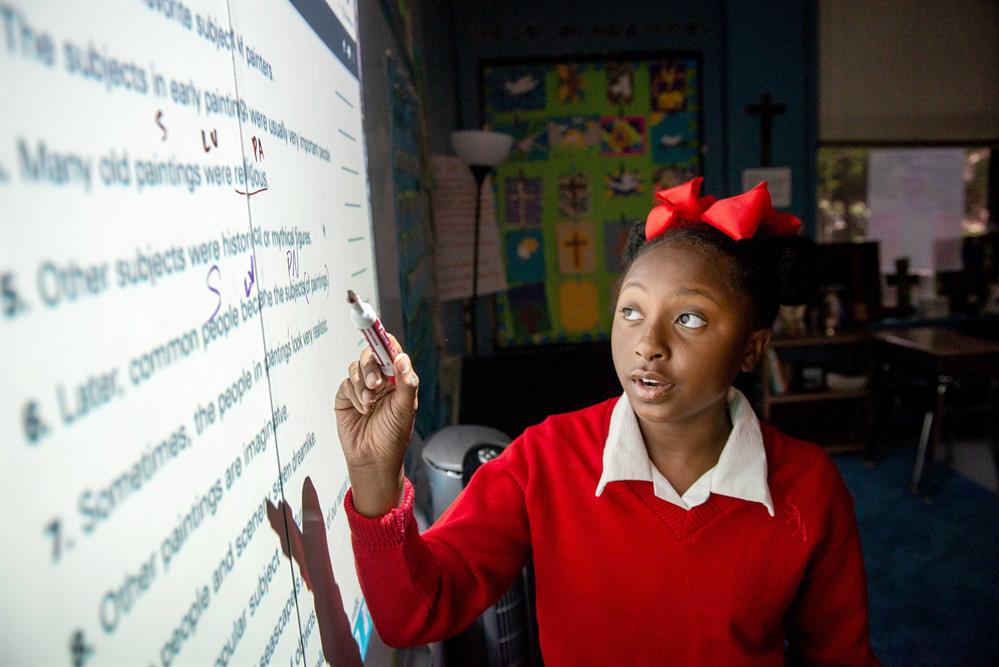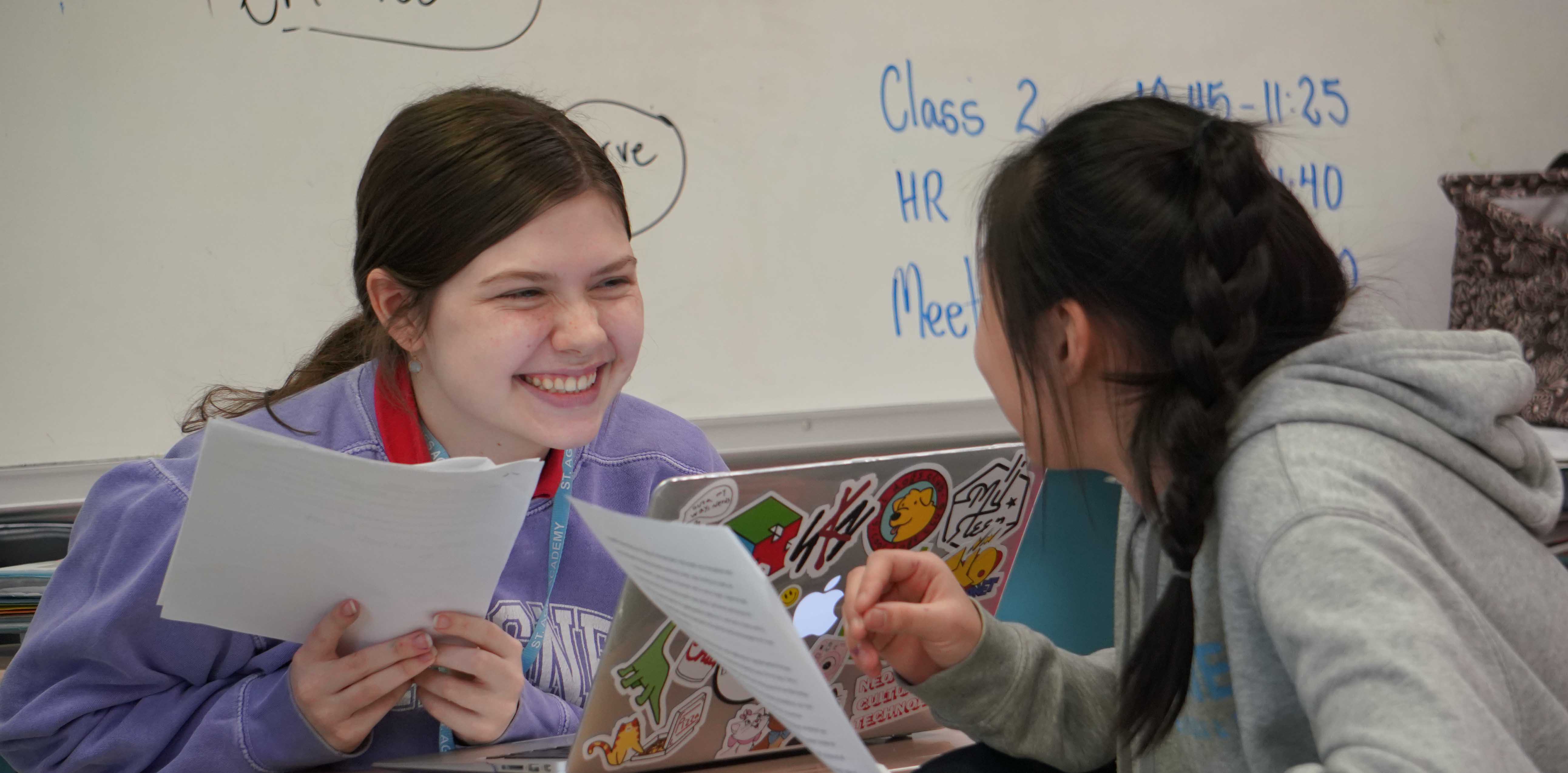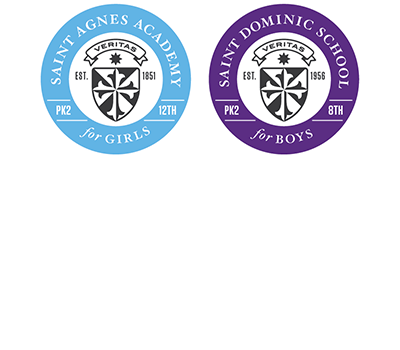
Health and Wellness FAQ's
CDC COVID-19 When to Isolate and Quarantine Scenarios
Definitions (Definiciones):
Isolation separates people who are infected with the virus away from those who are not infected.
El Aislamiento separa a la gente infectada con el virus de aquellas personas que no están infectadas.
Quarantine keeps someone who might have been exposed to the virus away from others (so as to stop the spread).
La Cuarentena mantiene alejado a un individuo que puede haber sido expuesto al virus de otras personas (para que no haya una propagación).
Cohort is a group of people (one class or one grade or multiple grades put together)
La Cohorte es un grupo de personas (1 clase o 1 promoción o múltiples promociones juntas)
Before returning to school from any COVID related absence, you will need to contact the school nurse for a return to school plan.
“Antes de volver a la escuela después de una ausencia relacionada con el COVID, hay que ponerse en contacto con la Enfermera de la Escuela al mandar un correo a health@saa-sds.org para un plan de vuelta a la escuela.”
People are considered fully vaccinated for COVID-19 two or more weeks after they have received the second dose in a 2-dose series (Pfizer-BioNTech or Moderna), OR two or more weeks after they have received a single-dose vaccine (Johnson and Johnson [J&J]/Janssen). Fully vaccinated faculty/staff/students with an exposure to someone with a suspected or confirmed case of COVID-19 are not required to quarantine if they meet all of the following criteria:
- Are fully vaccinated
- Have remained asymptomatic since the current COVID-19 exposure
Those faculty/staff/students who do not meet the above criteria should continue to follow current quarantine guidance after exposure to someone with suspected or confirmed COVID-19. Fully vaccinated faculty/staff/students who do not quarantine should still monitor for symptoms of COVID-19 for 14 days following an exposure. If they experience symptoms, they should be evaluated for COVID-19, including testing, if indicated.
Effective December 7th, 2020, SAA-SDS has modified our quarantine guidelines in accordance with the CDC, TN Department of Health, and Shelby County Health Department. Quarantine can end:
- after Day 14 (returning to regular activities on Day 15), as recommended by TDH and CDC
- after Day 10 (returning to regular activities on Day 11) without testing if the student/staff does not have symptoms.
- after Day 7 (returning to regular activities on Day 8) if the student/staff does not have symptoms and if they test negative by a PCR or antigen test after Day 5.
Students and staff can discontinue quarantine at these earlier time points ONLY if the following criteria are also met:
- No symptoms during the entirety of the quarantine period up to the time at which quarantine is discontinued; AND
- Daily symptom monitoring continues throughout quarantine Day 14; AND
- Mitigation strategies such as correct and consistent mask use, physical distancing of 6 ft or more, hand hygiene, cleaning, avoiding crowds, and continued self monitoring for symptoms are strictly adhered; AND
- If symptoms develop, the person should immediately self-isolate and contact their healthcare provider AND
- Contact the school nurse 24 hours prior to return to campus at health@saa-sds.org
Positive cases will be reported by the school to the Shelby County Health Department (SCHD). Parents and/or staff should also report the positive case to the SCHD as well. Families of students will be notified by the school via email about the presence of the positive COVID-19 case(s) in the cohort(s), but individuals will NOT be named. The cohort(s) may close down for a minimum of 24 hours for a thorough cleaning and to allow time for complete contact tracing by SAA-SDS in consultation with SCHD School COVID Task Force. The school, in consultation with the SCHD may choose to shut down the cohort(s) for 2-5 days for cleaning and contact tracing. The cohort(s) will transition to remote learning until contact tracing is completed and the SCHD has determined what actions need to be taken. The SAA-SDS COVID-19 Task Force will notify those deemed to be close contacts while at school. Those individuals deemed to be in close contact in the cohort at school will be notified by the SCHD, by a phone call and letter to quarantine for 14 days before returning to school. Those that are deemed close contact to the ill person outside of school should be contacted by the parent or person.
The school will notify the Shelby County Health Department. Your child will need to isolate at home and get well. Any siblings will need to stay home and quarantine. You will need to contact your physician and the school nurse. If your child is feeling up to it, he/she can learn remotely. A student will be allowed to return to school at a minimum of 10 days from the onset of symptoms or the date of the positive test. A student will need to be fever-free without the use of medication for at least 24 hours before returning and have improved respiratory symptoms. A negative test is NOT necessary before returning to school. Before returning to school, you will need to contact the school nurse at health@saa-sds.org for a return to school plan.
If a student or staff member in your child’s cohort has close contact with a COVID-19 positive family member, then that student/staff will not be allowed on campus. We will not notify you for this scenario unless the actual student/staff has a positive test.
Per the CDC, TN Department of Health, and Shelby County Health Department the following are defined as close contact:
- You were within 6 ft. of someone who has COVID-19 for more than 15 cumulative minutes
- You provided care at home to someone who is sick with COVID-19
- You had direct contact with the person (touched, hugged, or kissed them)
- You shared eating or drinking utensils
- They sneezed, coughed, or somehow got respiratory droplets on you
Please contact your child’s pediatrician for guidance as some of the free testing sites do not test the pediatric population. A nasal swab is required compared to blood testing.
If possible, you should try and ISOLATE the COVID-19 positive person away from everyone else in the household and not have close contact with this person for 7-14 days. The student can participate in school remotely. After the quarantine period and after speaking with the school nurse about a return to school plan, the student may return to campus. However, household contacts of COVID-19 positive individuals may be required to quarantine for a longer period of time, depending upon the circumstances. If staff or students live with someone who has COVID-19 and cannot avoid continued close contact (i.e. caring for a child, don’t have a separate bedroom to isolate a sick person, or live in close quarters), quarantine for 7-14 days AFTER the person who has COVID-19 meets the criteria to end home isolation. The shortest time would be 10 days + 7-14 days, totaling a minimum of 17-24 days. Also, if the student develops symptoms during the quarantine time frame, then the parents should contact their pediatrician and also contact the school nurse at health@saa-sds.org for a revised return to school plan.
If your child’s teacher is COVID-19 positive then that classroom/cohort may shut down for a minimum of 24 hours for a thorough cleaning and to allow time for complete contact tracing by SAA-SDS in consultation with SCHD School COVID Task Force. The SAA-SDS COVID-19 Task Force will notify those deemed to be close contacts while at school. If your child’s teacher is in isolation because of a positive test or symptomatic and the teacher is unable to teach because of illness, then a substitute teacher will be placed with the cohort either in person or virtually. If the teacher is in isolation but feels well enough then they can teach virtually with another adult in the classroom. Once the teacher is feeling better and quarantine or isolation is complete, they will be back teaching your child.
If your child’s teacher is quarantined because of close contact, then the teacher will teach remotely with another adult in the classroom, or a substitute teacher will be utilized.
Masks are to be worn when entering the building, leaving the classroom, traversing the campus, and inside the classroom. We are scheduling intentional time outside throughout the day to provide mask breaks. View the school's Mask Policy here.
Close contact as defined (see definition above) means that the student or staff needs to quarantine. Per the CDC, a 14 day quarantine is still preferred, however these are the acceptable alternatives for a shortened quarantine period:
- Quarantine can end after day 10 without testing and if no symptoms have been reported during daily monitoring.
- Quarantine can end after day 7 with a negative test by a PCR or antigen test collected after Day 5 and no symptoms have been reported during daily monitoring.
In addition to our school clinic, we have two additional rooms designated as medical areas for ill students who need to be isolated. If a student is sent to one of these medical areas and is running a fever, coughing, or experiencing other COVID-19 symptoms, the student will not be permitted to return to class and will remain masked in the isolation room. The parent will be immediately notified, and the student will need to be picked up within 30 minutes. Any siblings will also be sent home at that time.
Per recommendations from Le Bonheur Children's Hospital and the University of Tennessee Health Science Center (UTHSC) we will categorize symptoms as high-risk and low-risk.
Any child or adult with one high-risk or two low-risk criteria should be considered to have a COVID-like illness and be isolated in a sick room until they are picked up by a parent/emergency contact. The child or adult will have a mask on at all times, and anyone entering the isolation room will wear full PPE (isolation room kit). The student or faculty member will need to see a doctor and possibly get tested.
Any child or adult with only one low-risk symptom is considered less likely to have COVID-19 and should be treated and possibly sent home if necessary per the school nurse. These children and staff will be able to return after 24 hours if they are feeling better and no further symptoms develop.
High-Risk Symptoms for COVID-19 (those that are common and relatively specific for COVID-19:
- Fever - a temperature of 100.4º or higher without the use of fever reducers
- Persistent cough or a child that is unable to cover mouth during coughing
- Shortness of breath
- Loss of taste or smell
Low-Risk Symptoms for COVID-19 (those that are more common and alone do not necessarily indicate COVID-19):
- Sore throat
- Nasal congestion/nasal discharge
- Headache
- Generalized body aches or muscle pain
- Nausea/vomiting/diarrhea
- Fatigue
Fully vaccinated faculty/staff/students with an exposure to someone with a suspected or confirmed case of COVID-19 are not required to quarantine if they meet all of the following criteria:
-
Are fully vaccinated
-
Are within 3 months following receipt of the last dose in the series
-
Have remained asymptomatic since the current COVID-19 exposure
Those faculty/staff/students who do not meet all 3 of the above criteria should continue to follow current quarantine guidance after exposure to someone with suspected or confirmed COVID-19. Fully vaccinated faculty/staff/students who do not quarantine should still monitor for symptoms of COVID-19 for 14 days following an exposure. If they experience symptoms, they should be evaluated for COVID-19, including testing, if indicated.
If you still have questions or concerns not addressed here, contact us at health@saa-sds.org.
Submitted by the SAA-SDS Health and Safety Task Force
Revised: 2/17/21

